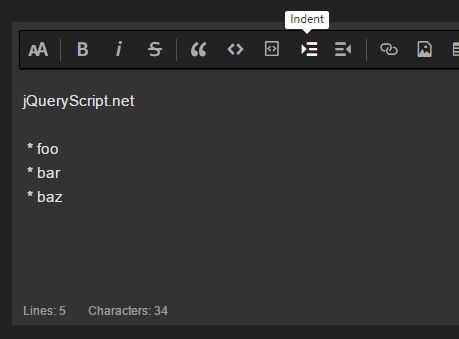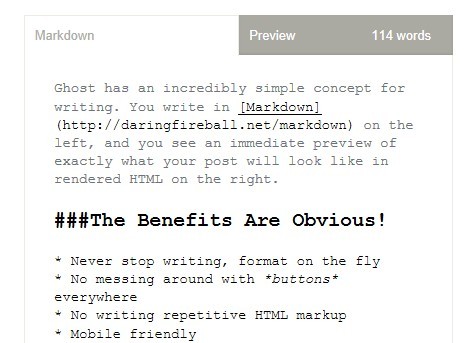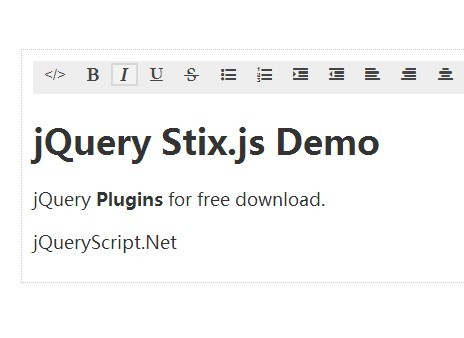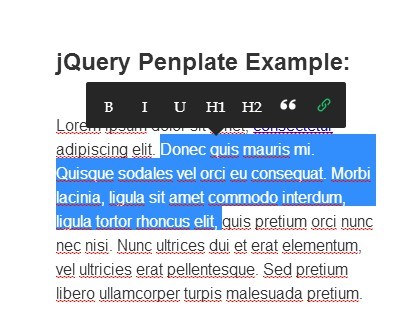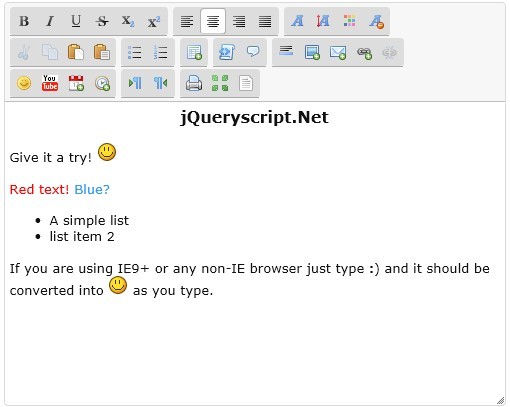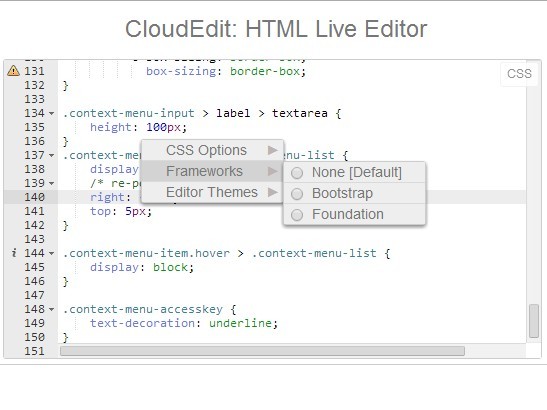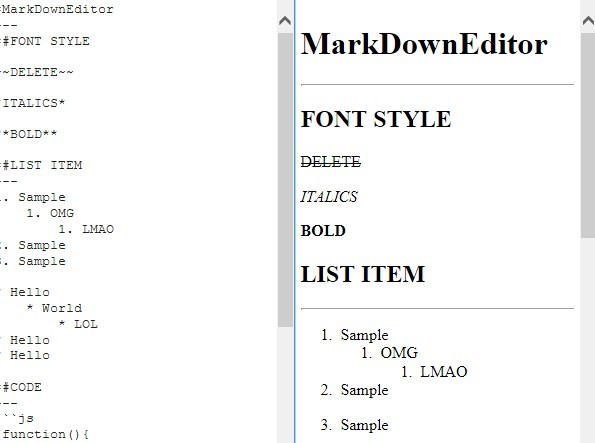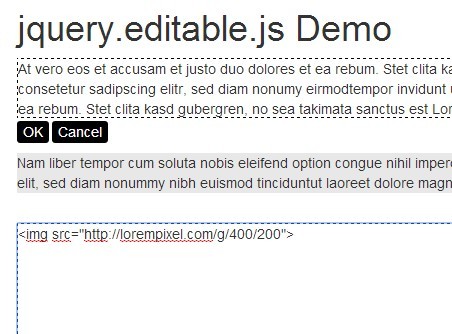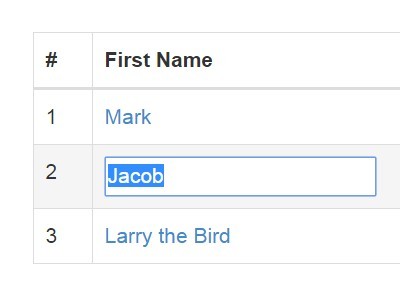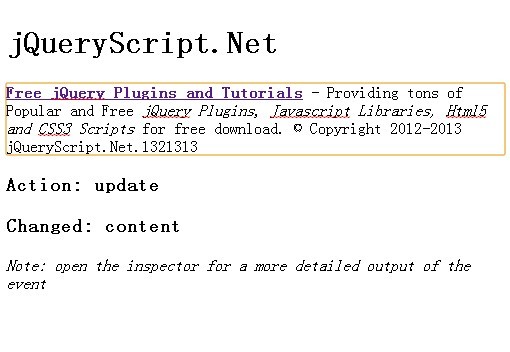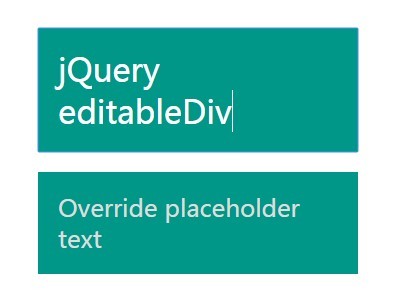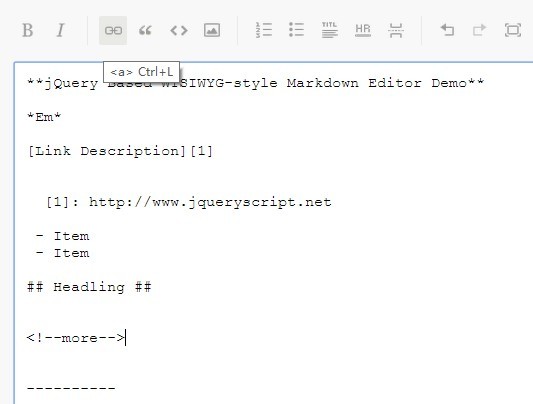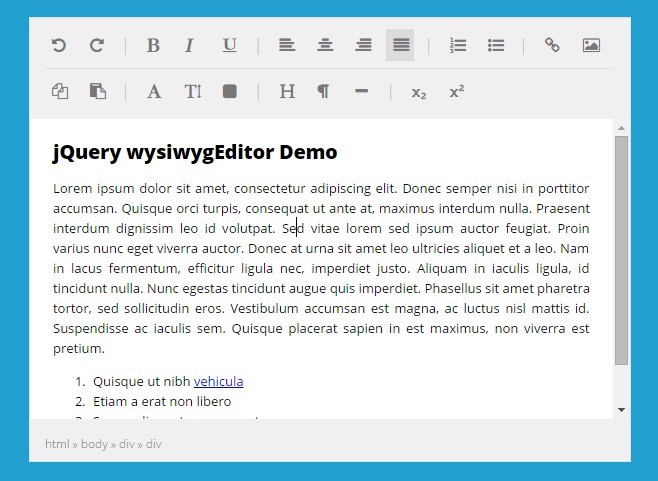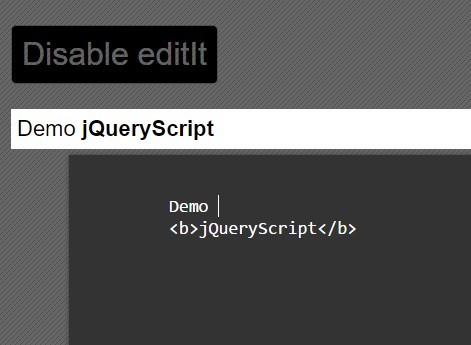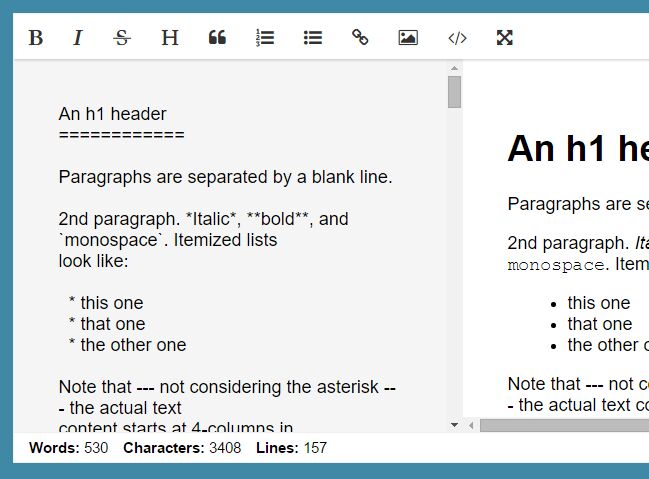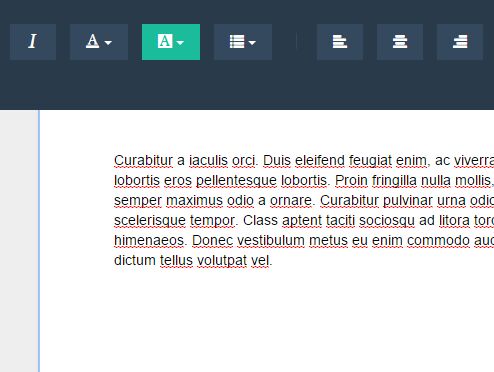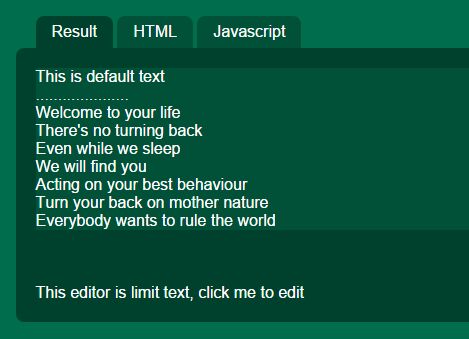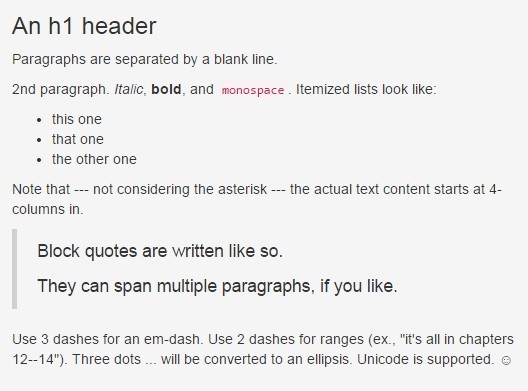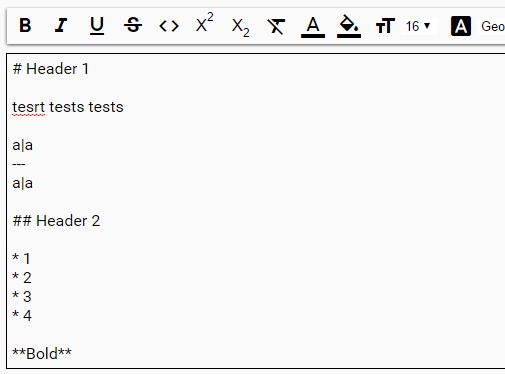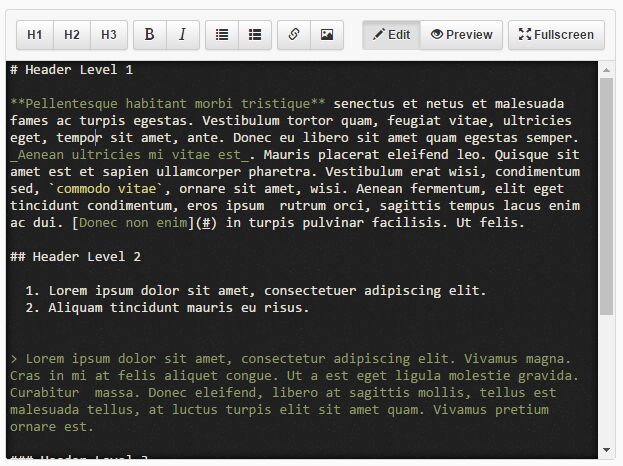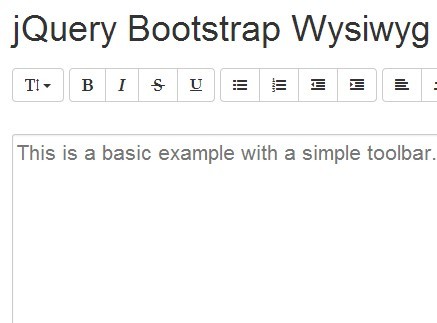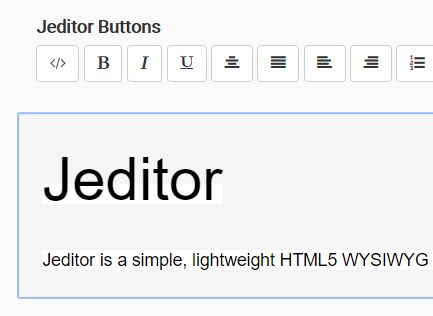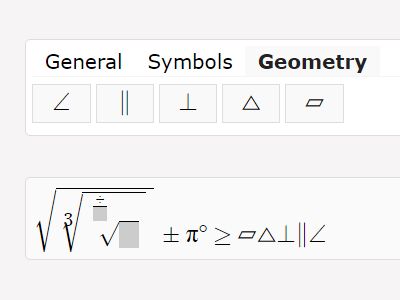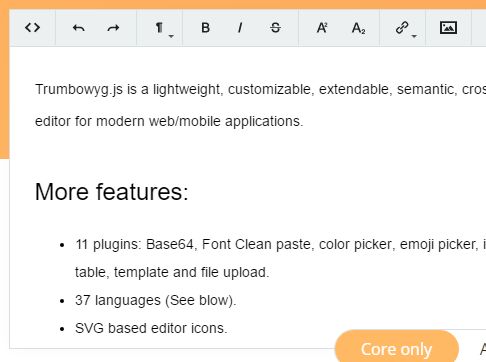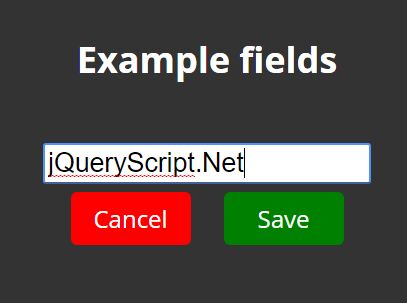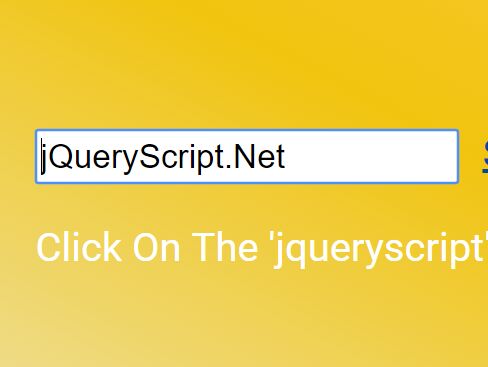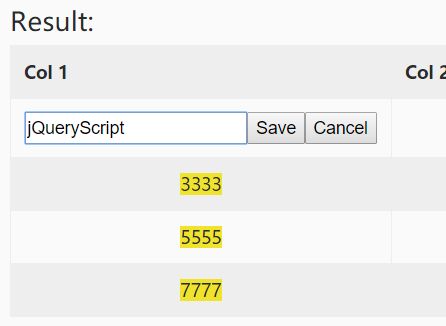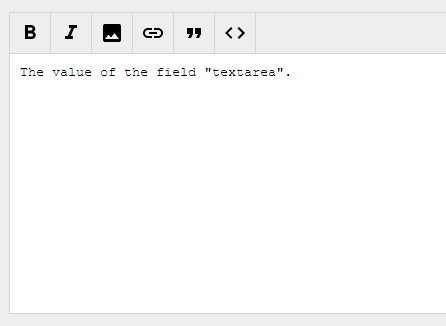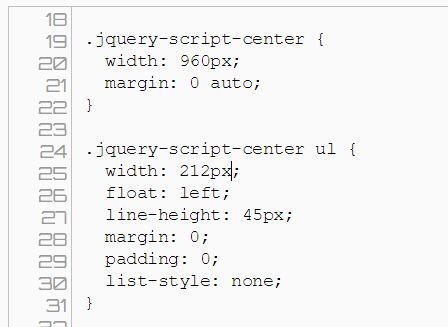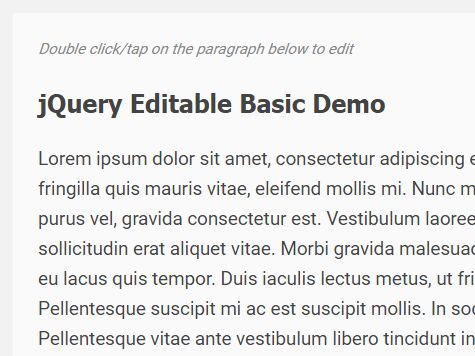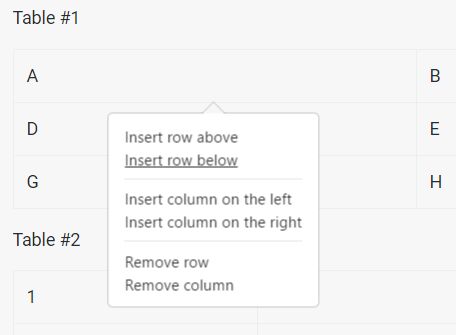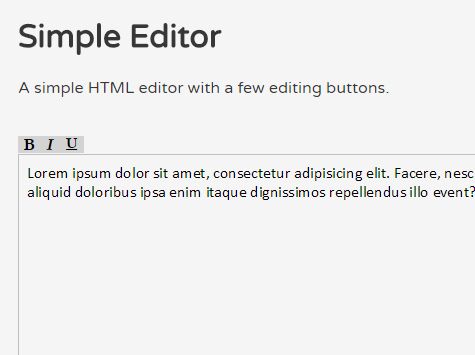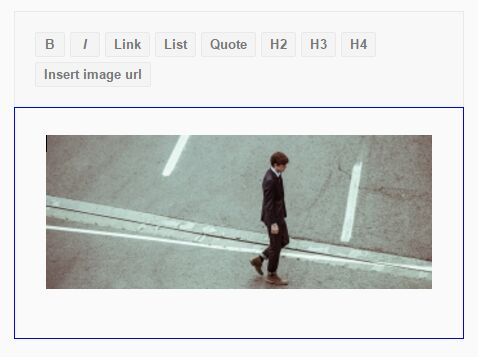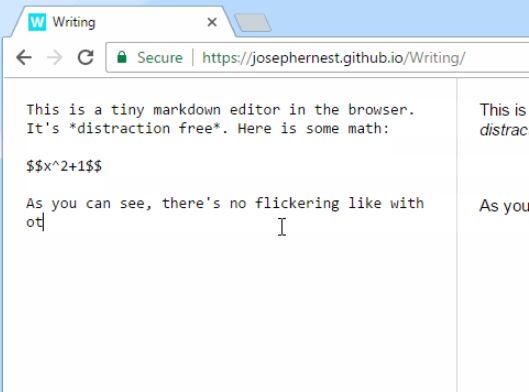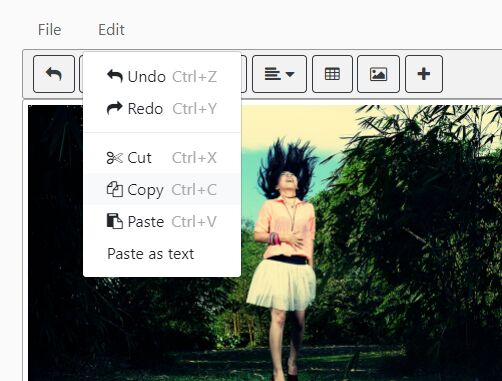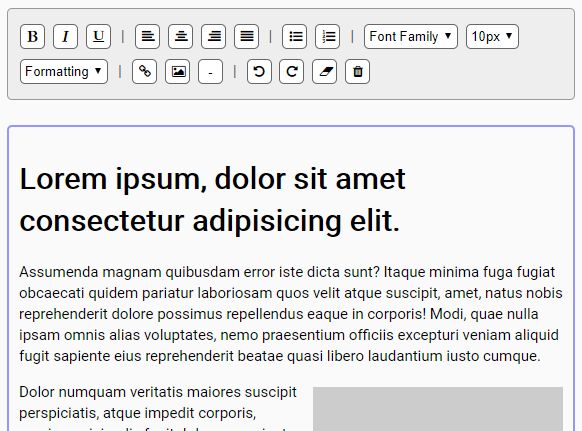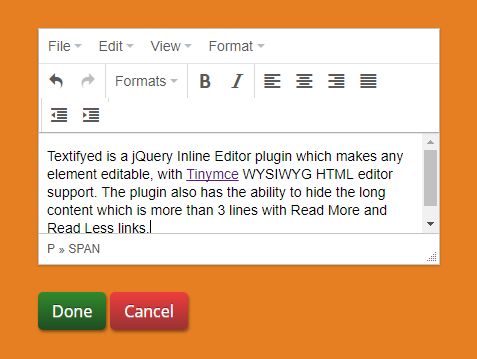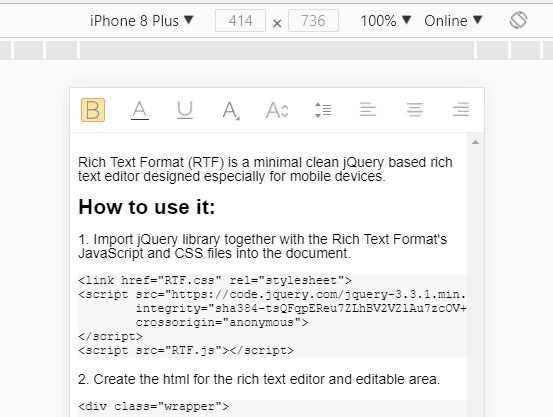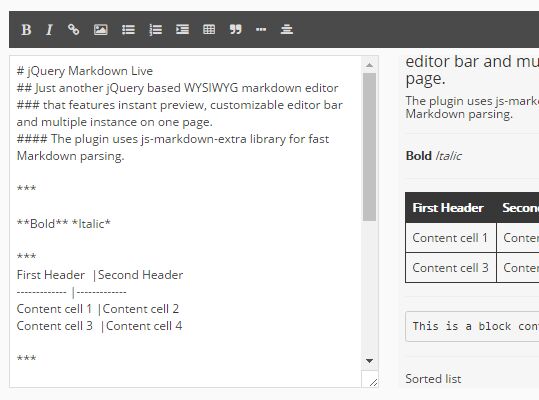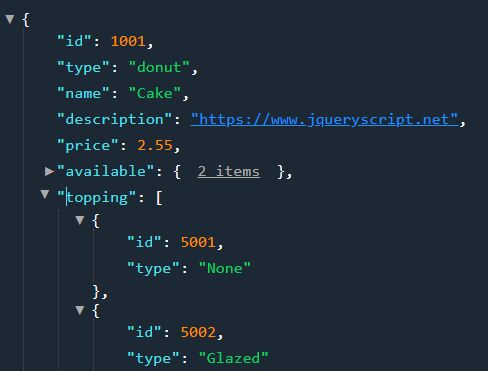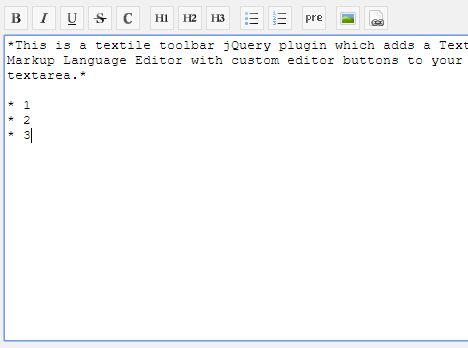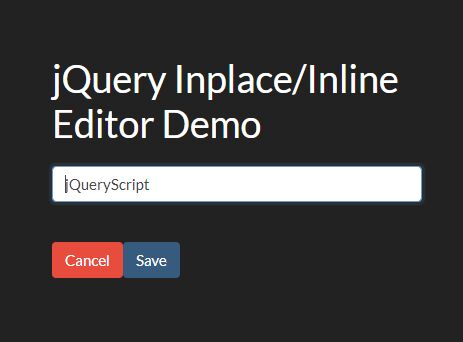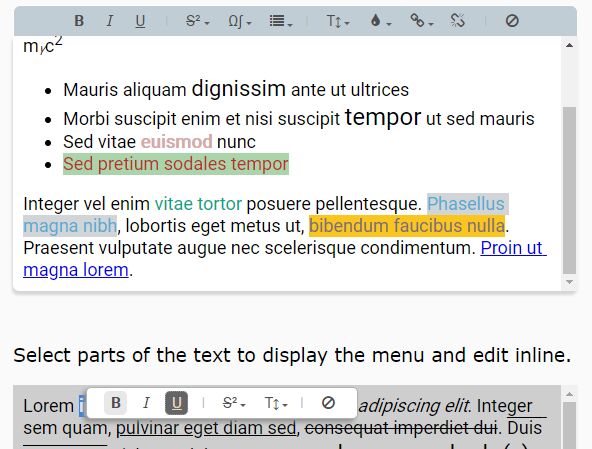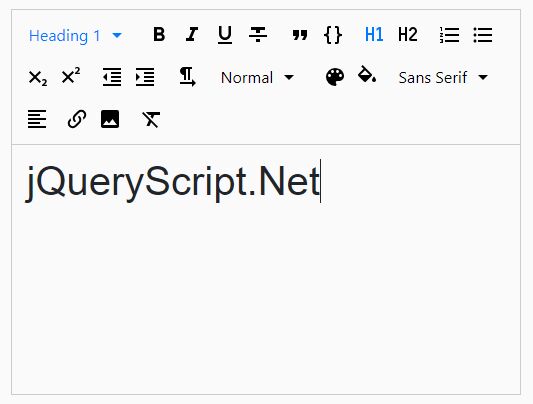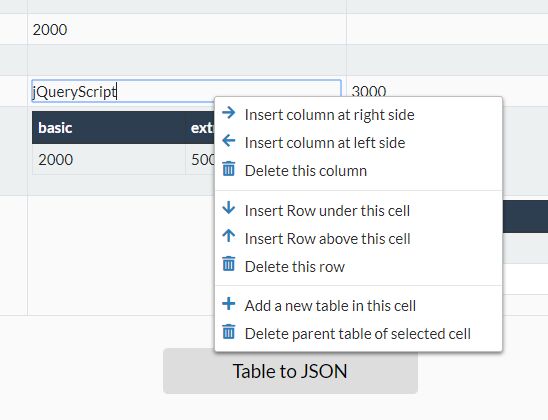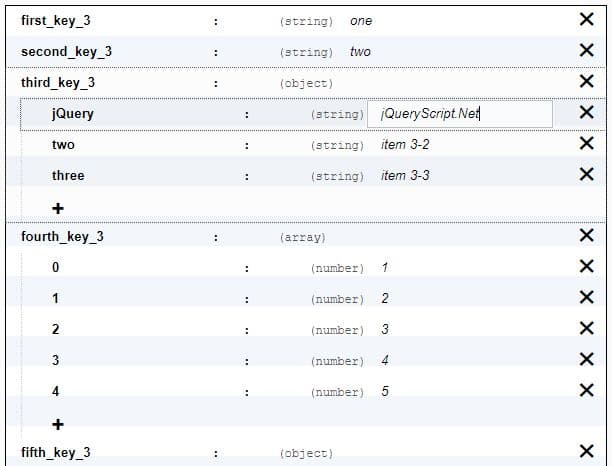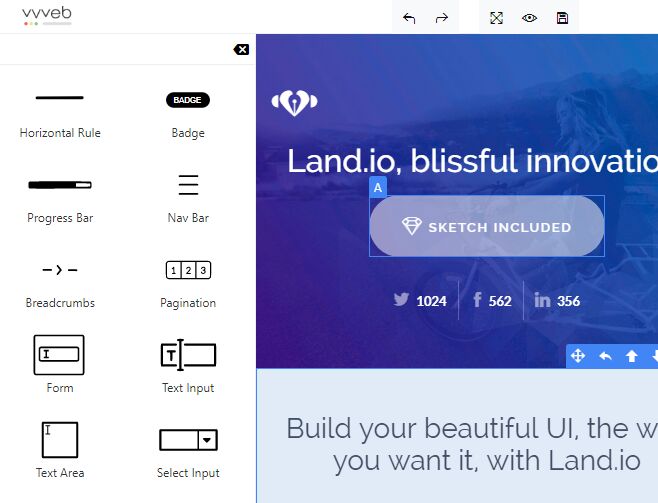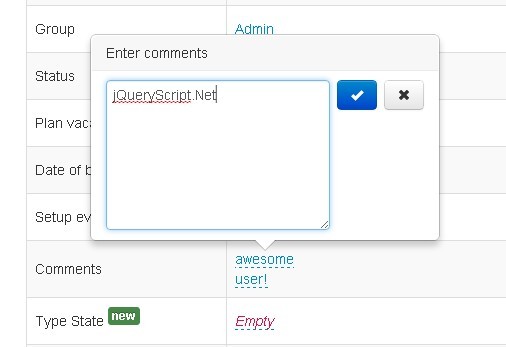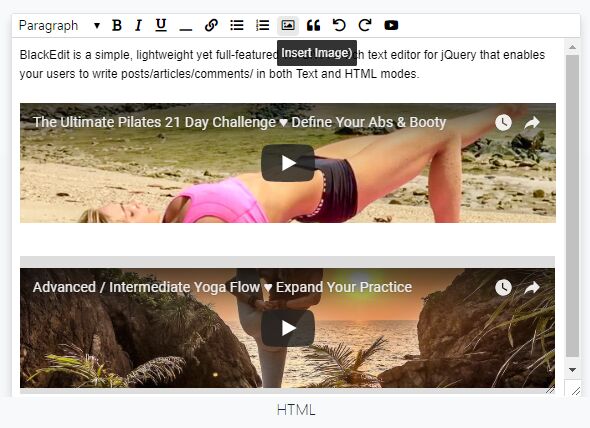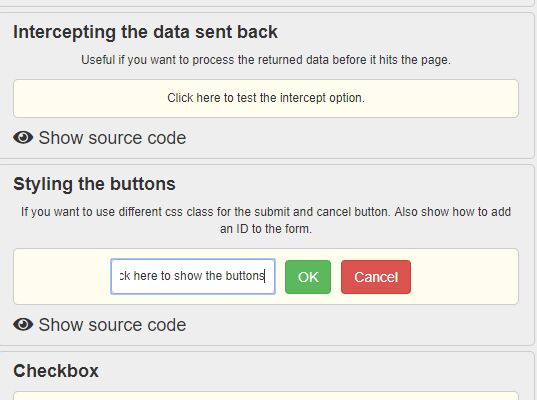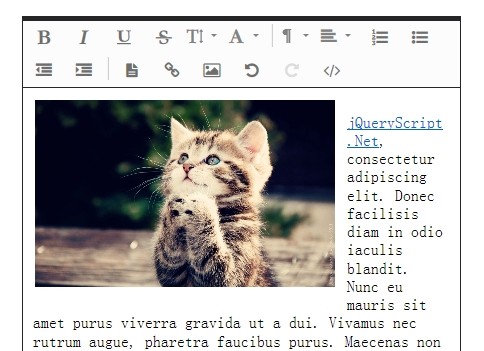tail.writer
The tail.writer script is a neat, powerful, highly extend- and translatable Markup Editor, written in Vanilla JavaScript. It currently supports the [GitHub Flavored] Markdown, BBCode and Textile Markup languages.
Wanna see tail.writer in action?
Wanna translate tail.writer in your language?
Support
You really like my tail.writer script and want to support me and all of my projects?
Then I would be extremely grateful for a coffee! (Thanks to all Supporters)

Features
- Three beautiful designs and many actions and buttons.
- WriteFlow supportive features & functions.
- Support for Markdown (Marked, Showdown), Textile (textile.js) and BBCodes (tail.BBSolid).
- Extensive Markup API to use custom Markup languages and actions.
- Hooks, Event Listeners & Key-Bindings for your own code.
- Completely Translatable and already available in multiple languages.
- Many Settings to adapt and configure the design and behaviour.
- Supports AMD (requireJS) and available as browserify module.
- Compatible with all modern browsers (including IE 10+)
- No Dependencies, just embed and use (except the Preview action)
- Free/To/Use - MIT Licensed
WYSIWYG vs. Markup
The tail.writer script is not a WYSIWYG (What you see is what you get) editor, it's a Markup editor. The difference is the presentation of the written text: A WYSIWYG editor shows a bold text directly as bold text, while a Markup editor shows only the Markup syntax: **bold text**. (The shown syntax depends on the used Markup language, of course!)
However, you still have the possibility to add a Preview toolbar action to each single Markup language. The Preview View is not editable and requires an additional JavaScript parser depending on the used Markup language. We currently support the following libraries:
- [GF] Markdown - marked
- [GF] Markdown - showdown
- Textile - textile.js
- BBCode - tail.BBSolid
You can also use your own (or a not supported) parser library, of course. Check out the option previewConverter, which allows you to pass your own parser callback function !
Install & Embed
The master branch will always contain the latest Version (incl. not-released updates), which you can download directly here as .tar or as .zip archive, or just visit the Releases Page on GitHub directly. You can also be cool and using npm, Yarn or bower:
npm install tail.writer --save yarn add tail.writer --save bower install tail.writer --save Using a CDN
You can also use the awesome CDN services from jsDelivr or UNPKG.
https://cdn.jsdelivr.net/npm/tail.writer@latest/ https://unpkg.com/tail.writer/ Real-World Examples
Do you use tail.writer in one of your project? Don't wait, write us at [email protected] and get listed below too!
Bludit
The tail.writer Markup Editor is available for the awesome Flat-File Content Management System Bludit.
Thanks To
- Octicons for the cute Icons
- jsCompress for the Compressor
- prismJS for the Syntax highlighting library
- MenuSpy for the Menu Navigation
Translations
- Wojciech Jodla / Polish Translation
Documentation
The Documentation has been moved to GitHubs Wiki Pages, but I will keep a table of contents list here and some basic instructions.
- Install & Embed
- Default Usage
- Available Options
- Available Methods
- Events & Callbacks
- Internal Variables & Methods
- HowTos, Tips & Tricks
Extended Docs
Files
The tail.writer package contains many files and directories, which may confuse. The less folder can be ignored, unless you want to write a completely own design using the icon set or one of our designs as basic template. Basically the css and js folders (and the markups / langs directories maybe too) contains the main files, which you need to embed on your website. The content within the css folder should be self explanatory, the other ones contains these files:
js/tail.writer(.min).js- Contains the main script, WITHOUT any markup language.js/tail.writer-<markup>(.min).js- Contains the main script, INCLUDING the named markup language.js/tail.writer-full(.min).js- Contains the main script, INCLUDING ALL markup and interface languages.langs/tail.writer-all.js- Contains all available interface languages.langs/tail.writer-<lang_code>.js- Contains just the named interface language.markups/tail.markup-all.js- Contains all available markup languages.markups/tail.markup-<markup>.js- Contains just the named markup language.
In other words: No main action / button will be available if you just embed the js/tail.writer(.min).js file. So either embed the desired markup language (within the markups directory) too or use a direct bundle (or the full package).
Basic Instructions
It's highly recommended to load the Stylesheet within your HTML Header, while you pass the desired JavaScript files after the opened <body> tag (you can also include them before the closing </body> tag, of course). Please make sure you load the Markup and Interface languages as well as all plugins AFTER the main script. the tail.writer() function should be called within the "DOMContentLoaded" event.
You can pass up to 2 arguments to the tail.writer constructor, the first parameter is required and need to be an Element, a NodeList, a HTMLCollection, an Array with Element objects or just a single selector as String, which calls the .querySelectorAll() method on its own. The second parameter is optional and, if set, MUST be an object with your tail.writer options.
<!DOCTYPE html> <html> <head> <meta charset="utf-8" /> <link type="text/css" rel="stylesheet" href="css/tail.writer-white.min.css" /> </head> <body> <script type="text/javascript" src="js/tail.writer-{markup}.min.js"></script> <!-- <script type="text/javascript" src="langs/tail.writer-{lang}.js"></script> --> <textarea></textarea> <script type="text/javascript"> document.addEventListener("DOMContentLoaded", function(){ tail.writer("textarea", { /* Your Options */ }); }); </script> </body> </html>Default Options
Please check out GitHubs Wiki Pages to read more about each single option!
tail.writer("textarea", { classNames: null, // New in 0.4.0 debug: false, // New in 0.4.0 disabled: false, // New in 0.4.0 doubleLineBreak: false, // New in 0.4.0 fullscreenParent: d.body, // New in 0.4.0 height: [200, 500], indentTab: false, indentSize: 4, locale: "en", // New in 0.4.0 markup: null, // New in 0.4.0 preventBindings: false // New in 0.4.0 previewConverter: null, // New in 0.4.0 readonly: false, // New in 0.4.0 resize: true, statusbar: true, toolbar: [], toolbarMultiLine: true, // New in 0.4.0 toolbarScrollable: true, // New in 0.4.0 tooltip: "top", width: "100%" });Copyright & License
Published under the MIT-License; Copyright © 2015 - 2019 SamBrishes, pytesNET
